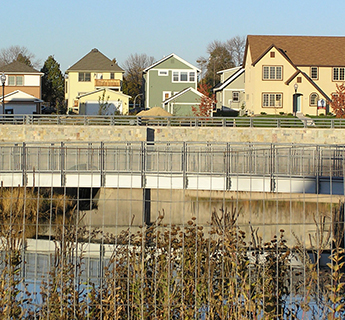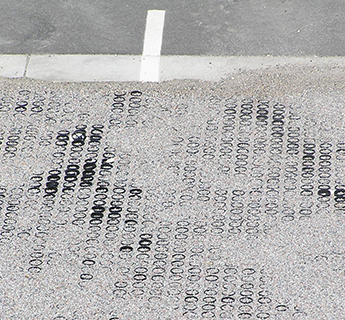Integration of Water Management into Development: Integrate water resource management into public and private projects in order to benefit natural systems.



Water pollution is the result of human activity, especially in an urban environment like Minneapolis. The City must continue to prevent contaminants from entering the groundwater to protect the water from intentional or accidental pollution. This requires incorporating water management systems into new development, into streetscape infrastructure, and into parks and open spaces. It also means examining construction and demolition practices to ensure the best methods are used to minimize negative impacts to groundwater and reduce the possibility of fluid leaks, spills and improper disposal of debris.
 ACTION STEPS
ACTION STEPS
The City will seek to accomplish the following action steps to integrate water resource management into public and private projects in order to benefit natural systems.
- Prioritize and reserve the City’s sanitary and storm sewer capacity for its intended purpose and prohibit groundwater or other waste streams from entering the storm or sanitary sewer infrastructure unless the City gives approval.
- Maximize the use of public property to meet flood mitigation and water quality goals via green infrastructure and other stormwater best management practices.
- Encourage, facilitate, or require the use of best management practices that minimize or reduce the impact of impervious cover, including disconnecting impervious surfaces, implementing localized treatment of stormwater using boulevard swales directly adjacent to sidewalks and trails, or minimizing the extent of paved surfaces.
- Evaluate site plan review requirements to ensure flexibility in landscaping materials to improve surface waters, water quality and climate resilience.
- Use stormwater regulations to require construction projects to carry out best management practices that effectively improve the character and health of water resources and reduce impairments.
- Use water quality data, flooding data, and information about infrastructure condition and risks to public and private areas for functional stormwater greening practices.
- Ensure that development near waterways meets local, state, and federal guidelines and requirements for flood protection and mitigation.
- Regulate development of land adjacent to public waters in a manner that preserves and enhances the quality of surface waters while also preserving their economic and natural environmental value.
- Encourage use of rain cisterns and storage tanks for diversion from public stormwater system and to satisfy on-site graywater uses.

